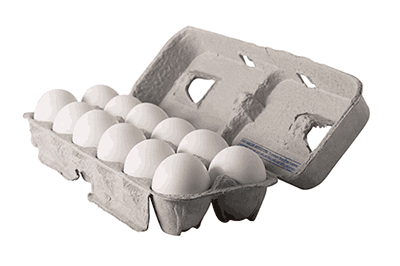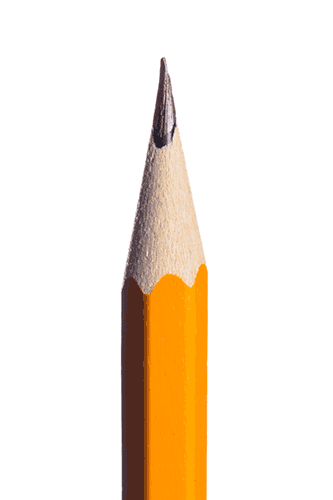Learn
The Mole
Before you can really understand how to calculate the individual masses of compounds in a balanced chemical equation, you need a brief introduction to the concept of the mole.

No, I'm not referring to the little, furry animal that makes tunnels underground. The mole in chemistry is a unit of measurement that is used specifically with really small substances (like atoms).
The best way to picture the mole is to think about it the same way you think about the word "dozen." If you hear someone say, "I have a dozen eggs," that person means, "I have 12 eggs."

If you hear someone refer to 2 dozen of something, that means there are 24.
In the same way the mole represents a numerical amount; only it's not a small little number. The mole represents 6.02x1023 of whatever you have. That's 602000000000000000000000 – a huge number.

Look at the tip of your pencil or pen. Think about how many atoms are contained on the tip of it? Way too many to just count, right? We can't count atoms with our normal counting numbers because the numbers would be in huge amounts. That's why we use the mole to count atoms or molecules. It's much easier to say 3 moles of water than 1806000000000000000000000 molecules of water.
So why have you never heard of the mole before chemistry? Well, normal, everyday objects are too big to count using the mole. If you had a mole of paper, you could stack that paper to the sun 400,000,000 times. That's why the mole is really only used when dealing with atoms or molecules.

